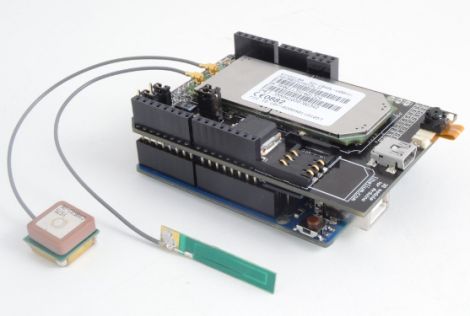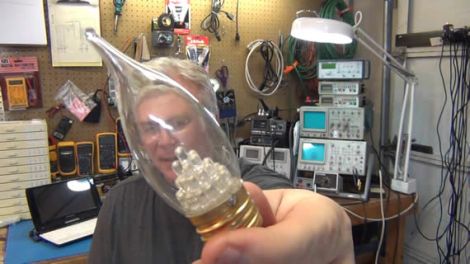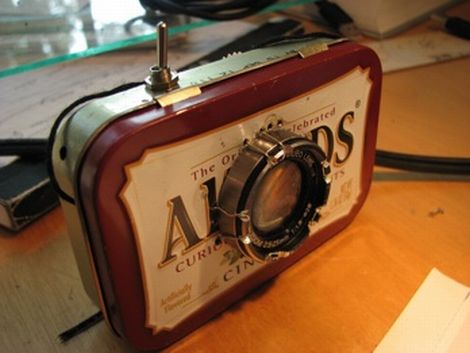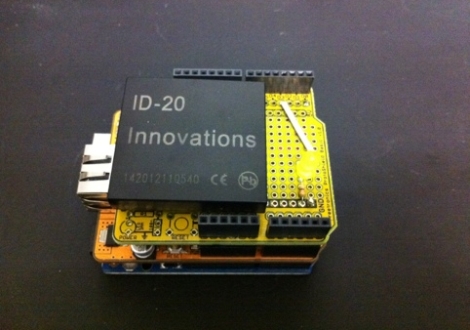
[Mark] from SpikenzieLabs was wrapping up a project using an Arduino the other day and found himself in need of a few more I/O pins. He could have added extra circuitry to the project, but he decided to see if he could gain a few pins by removing a few components instead.
He put together one of his Minuino boards, but rather than installing the crystal and its associated capacitors, he added a couple of pin headers in their place. It’s well known that the internal clock on the chip is not as precise as a crystal, but [Mark’s] project was not that time sensitive, so he had no problem sacrificing the oscillator for a few extra pins.
With his new I/O pins in place, he merely needed to tell the ATmega chip which clock it should be using, and he was well on his way. While this might not be the best solution for all projects out there, if you are building something that values pincount over precision, this hack is for you.
Check out the video below to see [Mark’s] hack in action.
[via HackedGadgets]
Continue reading “Remove Your Arduino’s External Oscillator To Gain A Free Pair Of IO Pins”
















